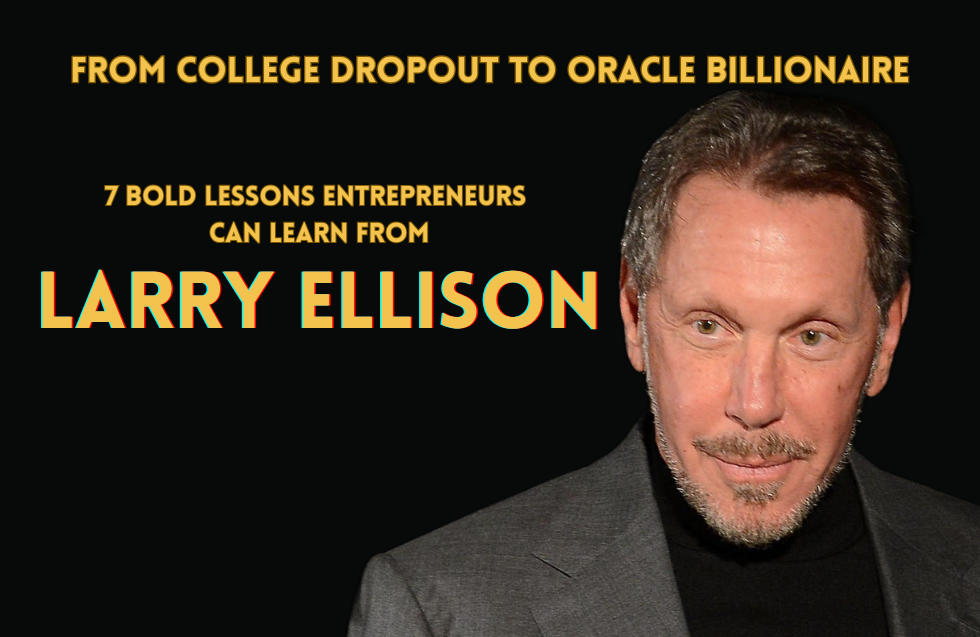Google has changed the way we perceive the internet over the course of its short existence (only 16 years!). They have managed to change the entire landscape of the internet and the way we view, access, and search for information. Google services around 3.5 billion searches per day which equate to 1.2 trillion searches a year worldwide.
Google’s dominance in the search engine arena is only well known to everyone. But do you know about some of Google’s biggest mergers and acquisitions? From a telecommunications company to home automation technology.
Google has acquired over 180 companies since its launch in 1998 till 2015 Mid-April. In 2014 alone, Google has made an upward of 20 acquisitions.
The numbers seem mind-boggling sure enough, but what are the strategies behind it? Let’s have a look.
While some of Google’s acquisitions are well-known such as Motorola and YouTube, others like Waze which is their 5th most expensive acquisition are not common knowledge to everyone. $24.5 billion has been spent on 10 of their most expensive acquisitions.
We are about to explore the strategy behind some of these acquisitions.
The “Toothbrush Test”
Google’s then CEO Larry Page used the toothbrush test to see if a company was worth buying. He’ll ask, “Is this something you will use once or twice a day and does it make your life better?”
Instead of going into the nooks and crannies of cash flow and earnings, what we see here is Page’s thoughtfulness about a possible acquisition’s usefulness and long-term investment and benefits.
For example, when Google acquired Nest for $3.2 billion, it was not reeling in a ton of money. But how Google viewed it makes a lot of difference. It viewed it as an entry point to a potentially massive new market. Nest’s smart thermostats and smoke detectors use complex technology to solve simple problems that the common man faces on an everyday basis. Toothbrush test: Passed.
Who is Nest Labs? They are the manufacturers of a smart thermostat, which learns a user’s habits over time and adjusts the temperature accordingly. These devices run on complex algorithms that infuse them with the ability to talk to each other. That way they can profile human behavior and anticipate the users’ needs even before they know it. The strategy behind Google’s acquisition? Google will gain a firm footing in the growing market for web-connected household appliances.
The Nest deal is the second biggest in Google’s history after the $12.5 billion acquisition of mobile phone manufacturer Motorola.
After acquiring Nest, Google made another clever acquisition. They went for Dropcam. Google brought out Dropcam for its video monitoring and security technology in order to increase its home automation products through Nest Labs.
Skybox Imaging
Through this acquisition, Google has been able to obtain possibly accurate and up-to-date imagery for its Google Maps, as Skyboxprovides commercial high-resolution Earth observation satellite imagery, high-definition video, and analytics services through its satellite technology.
Youtube was launched in 2005 and Google quickly snapped it up in just a year. As everybody now knows, YouTube is only the second largest search engine on the web, just behind Google itself.
Google saw enormous potential in YouTube where people would post and share videos and monetize on it.
After the Acquisition: Leave Room for Autonomy
Once Google acquires a company, it works hard to integrate it into its own culture while still leaving room for sovereignty and originality. Nest, for example, still has an independent management team and doesn’t share its data with its parent company. Another example would be the Invite Media acquisition. It is the best performing acquisition in Google’s history by revenue growth, quickly scaling from millions into the billions in only a few years after Google’s possession.
Contact OurBusinessLadder Market Research Consultant for more about The strategy behind Google’s most expensive Acquisitions.












